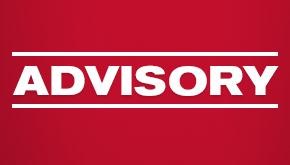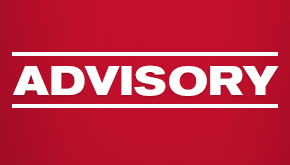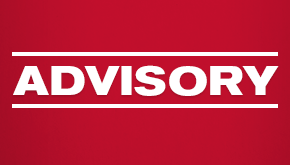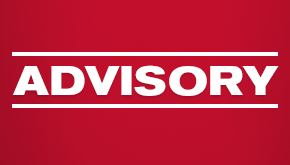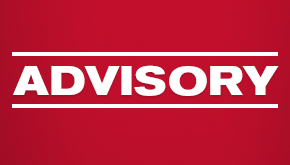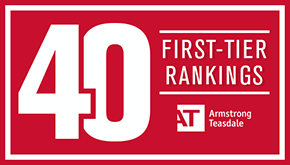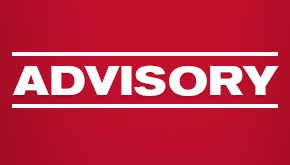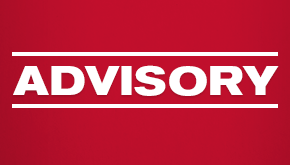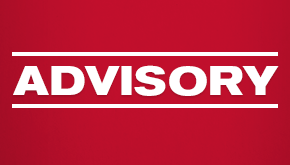OSHA Issues Enforcement Discretion Guidance
On April 17, the Occupational Safety and Health Administration (OSHA) issued a four-page enforcement guidance memorandum to Regional Administrators. The guidance was issued due to concerns within OSHA and among the regulated community that COVID-19 mitigation measures, including social distancing, stay-at-home orders and plant shutdowns, have made it difficult or impossible for employers to remain in compliance with some OSHA regulations. The guidance gives Area Offices and Compliance Safety and Health Officers (CSHOs) enforcement discretion when assessing whether employers are in compliance with OSHA standards.
The guidance cites a recommendation from the American College of Occupational and Environmental Medicine, which recommends that occupational spirometry testing be suspended because of concerns about spreading droplets containing the COVID-19 virus during spirometry maneuvers. It also cites the Council for Accreditation in Occupational Hearing Conservation that audiometric evaluations be suspended until normal operations can be resumed, in order to minimize the risk to health care workers and to conserve personal protective equipment.
The guidance directs OSHA Area Offices, during inspections, to assess an employer’s efforts to comply with standards that require annual or recurring audits, reviews, training or assessments. The guidance further directs CSHOs to evaluate whether the employer made good faith efforts to comply with applicable OSHA standards and, in situations where compliance is not possible, to ensure that employees were not exposed to hazards from tasks, processes or equipment for which they were not prepared or trained. As part of assessing whether an employer engaged in good faith compliance efforts, CSHOs should evaluate whether the employer thoroughly explored all options to comply with the applicable standards, such as virtual training or remote communication. The guidance directs CSHOs to consider any interim alternative protections implemented or provided to protect employees, such as engineering or administrative controls, and whether the employer took steps to reschedule the required annual activity as soon as possible.
The guidance lists seven examples of the application of the good faith standard: annual audiograms, process hazard analysis revalidations under the process safety management standard, hazardous waste operations (HAZWOPER) annual training, respirator fit testing and training, maritime cargo gear inspections, and spirometry for respirator use under the formaldehyde standard. For each example, the guidance states that the employer will not be cited if the employer makes a good faith effort to schedule the activity and provides alternative protection.
The guidance states that in situations where the employer is unable to comply with OSHA-mandated training, audit, assessment, inspection or testing requirements because of a government-ordered workplace closure, the employer should demonstrate a good faith attempt to meet the applicable requirements as soon as possible following reopening.
The guidance provides that when the employer cannot demonstrate any efforts to comply, a citation may be issued. However, where the employer has made good faith efforts to comply, the Area Office shall take such efforts into strong consideration in determining whether to cite the employer. This is not a guarantee that a citation will not be issued. Where discretion is warranted, Area Offices will ensure that sufficient documentation (e.g., notes on the efforts the employer made to comply, letters or other documentation showing that providers had closed) is provided in the case file to support the decision.
OSHA will develop a program to conduct monitoring inspections from a random sample of cases where violations were noted, but not cited. Additional guidance on that program will be provided at a later date.
The guidance leaves OSHA with a lot of room to second guess whether the employer has done enough to attempt to meet requirements, due to the reference to the use of virtual meetings, remote communications, and engineering and administrative controls as alternative or interim protections. Attempting to “fill in” with such measures can also be very tedious and less effective than actually undertaking the required action as it would normally be done. In other words, it may be most efficient for the employer to do the actual training or evaluation rather than attempt to comply with the guidance.
Acts that would be done by third parties, such as annual audiograms, would seem to most readily lend themselves to meeting the good faith standard. If the employer intends to rely upon the guidance and delay meeting the requirement, it should document the determination at the time the determination is made; not when the CSHO is conducting the inspection. Each employer will have to evaluate its situation and determine whether it wants to rely upon OSHA’s guidance.


